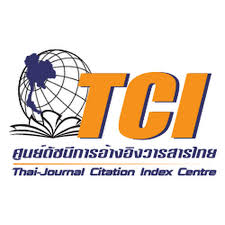วารสารวิชาการเทคโนโลยีพลังงานและสิ่งแวดล้อม จัดทำโดย บัณฑิตวิทยาลัย วิทยาลัยเทคโนโลยีสยาม เพื่อเป็นสื่อในการเผยแพร่ผลงานวิจัย ความรู้และวิทยาการทางด้าน วิศวกรรมศาสตร์ วิทยาศาสตร์และเทคโนโลยีในด้านพลังงานและสิ่งแวดล้อม เป็นต้น วารสารเปิดรับบทความจาก ภายในและภายนอก รวมถึงต่างประเทศ แบบเต็มรูปแบบ รวมถึงบทความวิชาการ บทความที่เสนอมาอาจเขียนเป็นภาษาไทยหรือภาษาอังกฤษ วารสารจัดพิมพ์ปีละ 2 ฉบับ ในเดือนมกราคม – เดือนมิถุนายน และเดือนกรกฎาคม – เดือนธันวาคม โดยบทความดังกล่าวจะต้องไม่เคยเผยแพร่ในวารสารอื่นมาก่อน และเป็นข้อคิดเห็นของผู้ส่งบทความ นอกจากนี้อัตราการคัดลอกในระบบต้องไม่เกินกว่าร้อยละ 20 เท่านั้น
ทั้งนี้กองบรรณาธิการ เตรียมต้นฉบับจัดส่งให้ผู้ทรงคุณวุฒิอ่านประเมินบทความ (peer review) ในสาขาวิชาที่เกี่ยวข้อง และประเมินบทคัดย่อภาษาอังกฤษ อย่างน้อยจำนวน 3 ท่าน
ISSN 2392-5701
Indexed in





